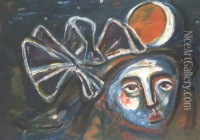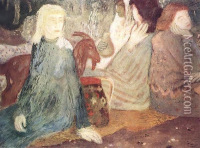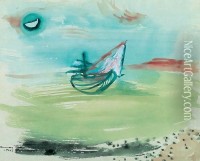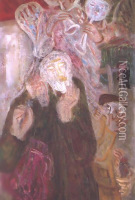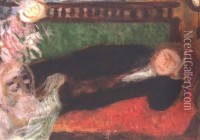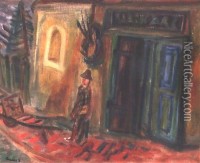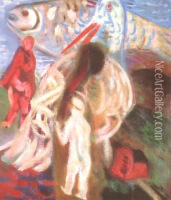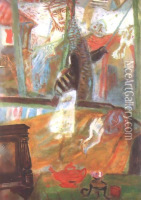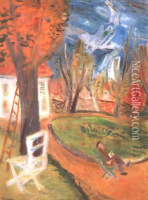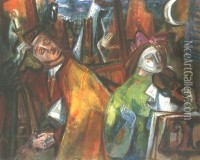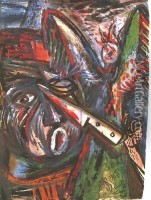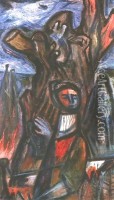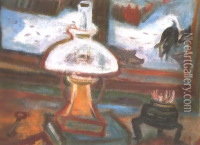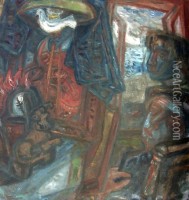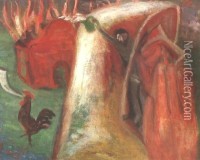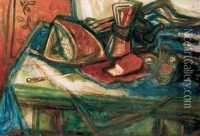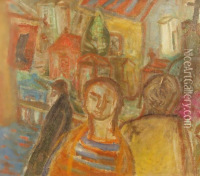Gyula Hincz Paintings
Gyula Hincz was a prominent Hungarian artist known for his versatile contributions to painting, graphic arts, and stage design. Born on June 16, 1904, in Budapest, Hungary, he developed an interest in art at a young age and pursued his passion by studying at the Hungarian Academy of Fine Arts under esteemed professors such as István Réti and János Vaszary.
During the 1930s, Hincz's work began to gain recognition. He was influenced by various art movements, including Expressionism and Surrealism, but he developed his unique style that often reflected classical themes infused with a modern sensibility. His paintings, characterized by vivid colors and dynamic compositions, often explored mythological and biblical subjects, as well as Hungarian folklore.
Hincz was also known for his work in stage design, where his creativity and sense of space contributed to memorable theater productions. Throughout his career, he designed sets and costumes for numerous plays and operas, both in Hungary and internationally. His contributions to the performing arts were significant, and his designs are remembered for their imaginative and evocative qualities.
During World War II, Hincz served in the Hungarian army, and this experience impacted his artistic output. Post-war, his style evolved, and he became more involved in graphic arts alongside painting. His graphic works, which included etchings and woodcuts, were well-received and exhibited internationally.
Hincz's career was marked by several accolades and exhibitions, both in Hungary and abroad. He was a member of the Széchenyi Academy of Letters and Arts and received numerous awards, including the Munkácsy Prize, one of Hungary's most prestigious art awards.
Gyula Hincz passed away on October 6, 1986, in Budapest, leaving behind a legacy as one of Hungary's most influential 20th-century artists. His works are held in various museums and private collections and continue to be celebrated for their artistic innovation and cultural significance.
